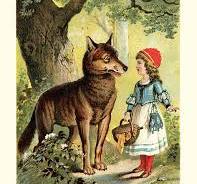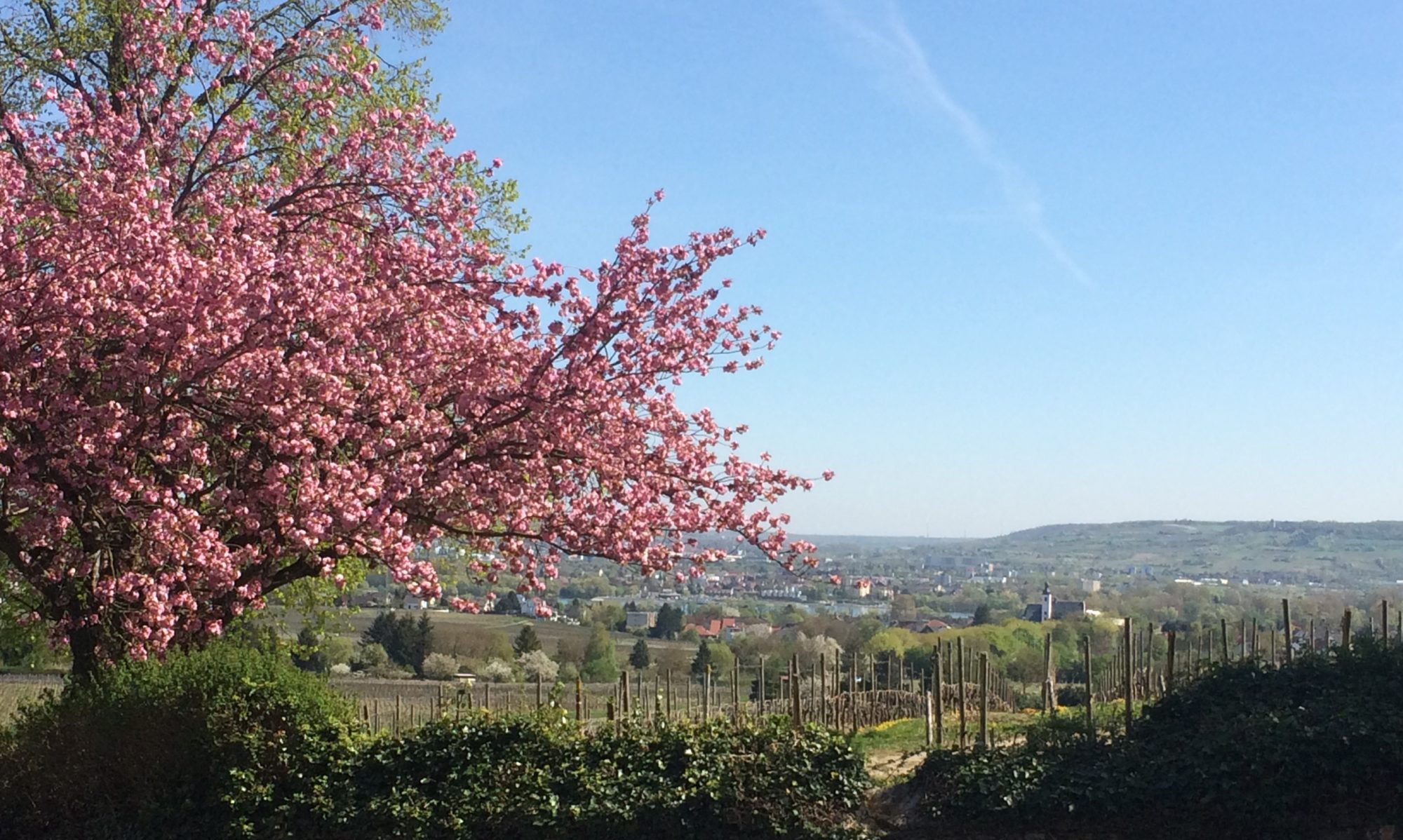Who Were the Grimm Brothers?
The Grimm brothers were German folklorists and linguists who were best known for the Kinder- und Hausmärchen, better know in English as Grimm’s Fairy Tales. Jacob Grimm (1785-1863) and his brother Wilhelm (1786-1859) were among the most important scholars of their time. The Grimm brothers not only made important contributions to the preservation of German culture through the stories they collected, they also did important work on the history of German language, its development and the cultural influences that contributed to its evolution.
Some of the best-known stories in the Fairy Tales include ‘Rapunzel’, ‘Hansel and Gretel’, ‘Cinderella’, ‘Snow White’, and ‘Little Red Riding Hood’.

The Grimm Brothers, Source: Britannica.com
What are the Grimm Brother Fairy Tales About
The Grimm’s Fairy Tales are a collection of fables and stories from the oral story-telling traditions in Germany and around the world, including Scandinavia, Spain, the Netherlands, Ireland, Scotland, England, Serbia, and Finland. The idea was to preserve these tales, many of which date back into antiquity, for future generations before they would get lost in times of political and cultural change.

Little Red Riding Hood, Source: iStock
The stories that the Grimm brothers first collected are brusque, blunt, absurd, comical, tragic, and not as one might think ‘fairy tales’. In fact the Grimm brothers never intended the tales to be read only by children. And they did not intend to make them mystical or romantically magical. Instead the tales illustrated universal hardships like hunger, abandonment, and loss through the eyes of children and their families and appealed to the universal values of moral strength in civilized communities.
How Did the Tales Change Over Time?
The Grimm brothers published seven editions of their tales between 1812 and 1857. Each edition included many changes in style and content. The final best-known edition barely resembles the original publication.
The Grimm brothers received numerous versions of the tales already published in their early edition and new tales from strangers, friends and colleagues. They often decided to replace one tale with another version, to delete some of the tales, or to include variants in the footnotes.
The National Endowment for the Humanities provides us with a good example of how the tales changed over time in this short passage from ‘Rapunzel’ as the text appeared in the first and seventh editions, where Christian elements and darker fear symbols are brought into the text:
First Edition
Once upon a time there lived a husband and wife who had been wishing for a child for many years, but it had all been in vain. Finally, the woman became pregnant.
Now in the back of their house the couple had a small window that overlooked a fairy’s garden filled with all kinds of flowers and herbs. But nobody dared to enter it.
Seventh Edition
Once upon a time there was a husband and wife who for quite some time had been wishing in vain for a child. Finally, the dear Lord gave the wife a sign of hope that their wish would be fulfilled. Now, in the back of their house the couple had a small window that overlooked a splendid garden filled with the most beautiful flowers and herbs. The garden, however, was surrounded by a high wall, and nobody dared enter it because it belonged to a sorceress, who was very powerful and feared by all.
Grimm’s Fairy Tales Live On
The National Endowment for the Humanities calls the Grimm brothers the Disney of their era, taking stories known to some and spreading them to the masses. They were bestsellers when first published and have never really fallen out of favor, even today.
Sources:
National Endowment for the Humanities
Google ChatGPT
